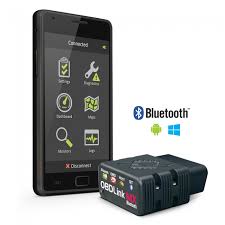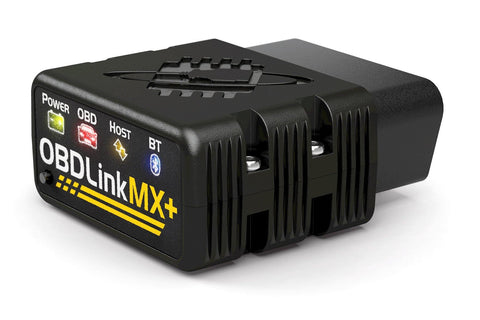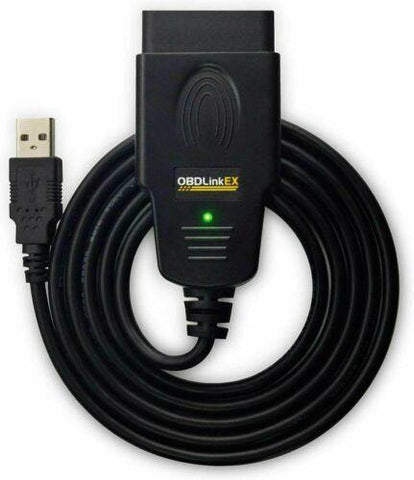Understanding OBD2 Scan Tools: A Comprehensive Guide
1. What Is OBD2?
OBD2 (On-Board Diagnostics II) is a standardized system used in modern vehicles to monitor and report various aspects of the vehicle’s performance. It provides valuable insights into engine health, emissions, and other critical parameters.
2. Why Use OBD2 Scan Tools?
- Diagnosis: OBD2 scan tools allow you to retrieve diagnostic trouble codes (DTCs) from your car’s onboard computer. These codes provide clues about issues affecting your vehicle.
- Maintenance: Regular scans help you catch problems early, preventing costly repairs down the road.
- Emissions Testing: OBD2 scanners ensure your vehicle complies with emissions standards.
- Performance Optimization: Fine-tune your engine and improve fuel efficiency using real-time data.
3. Types of OBD2 Scan Tools
a. Code Readers
- Basic devices that read and display DTCs.
- Ideal for home mechanics and DIY enthusiasts.
- Limited functionality beyond code retrieval.
b. Scan Tools (Enhanced Code Readers)
- More advanced than code readers.
- Can access additional data such as live sensor readings, freeze frame data, and readiness status.
- Useful for in-depth diagnostics.
c. Bluetooth/Wi-Fi OBD2 Adapters
- Connect to your smartphone or tablet via Bluetooth or Wi-Fi.
- Pair with OBD2 apps for real-time monitoring and analysis.
- Convenient and portable.
d. Professional Diagnostic Tools
- Used by mechanics and automotive professionals.
- Expensive but comprehensive.
- Can perform advanced functions like programming, adaptation, and component testing.
4. How to Use an OBD2 Scan Tool
- Locate the OBD2 Port: Usually under the dashboard near the driver’s seat.
- Plug In the Scanner: Connect your scan tool to the OBD2 port.
- Turn on the Ignition: Some tools require the engine to be running.
- Read Codes: Retrieve DTCs and interpret them using the tool’s manual or online resources.
- Clear Codes (if needed): After addressing the issue, clear the codes to reset the Check Engine Light.
5. Tips and Best Practices
- Research Your Vehicle: Ensure compatibility with your car’s make and model.
- Regular Scans: Perform routine scans to catch problems early.
- Learn the Basics: Understand common DTCs and their meanings.
- Keep Your Scan Tool Updated: Manufacturers release software updates periodically.
Conclusion
OBD2 scan tools empower us to take charge of our vehicle’s health. Whether you’re a casual driver or a seasoned mechanic, having one in your toolbox is a smart move. So, go ahead—plug in that scanner and decode the mysteries hidden within your car’s electronic brain! 🚗💡
Remember, knowledge is horsepower! 🏁



